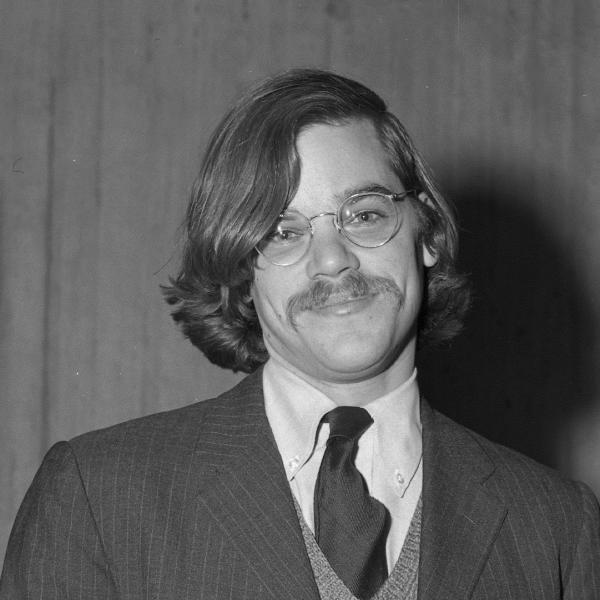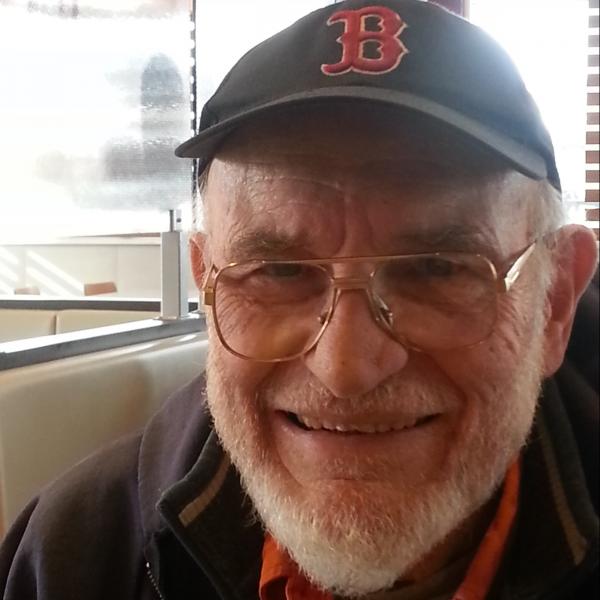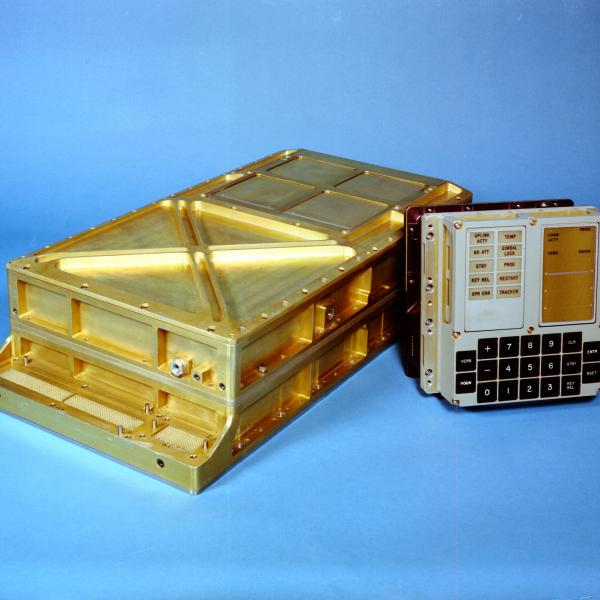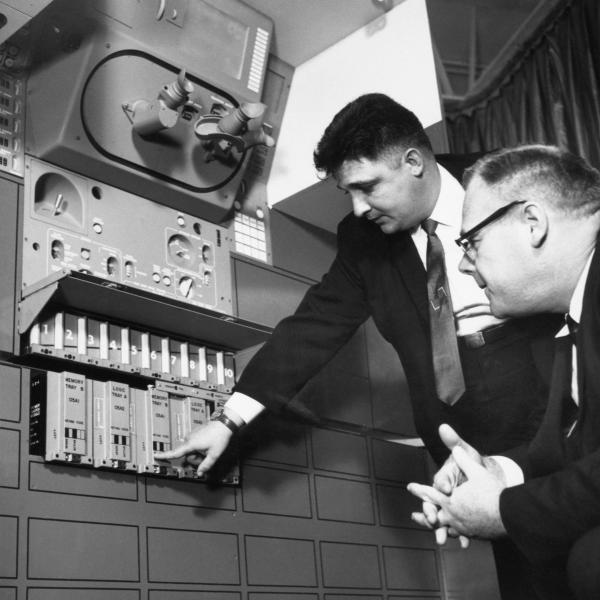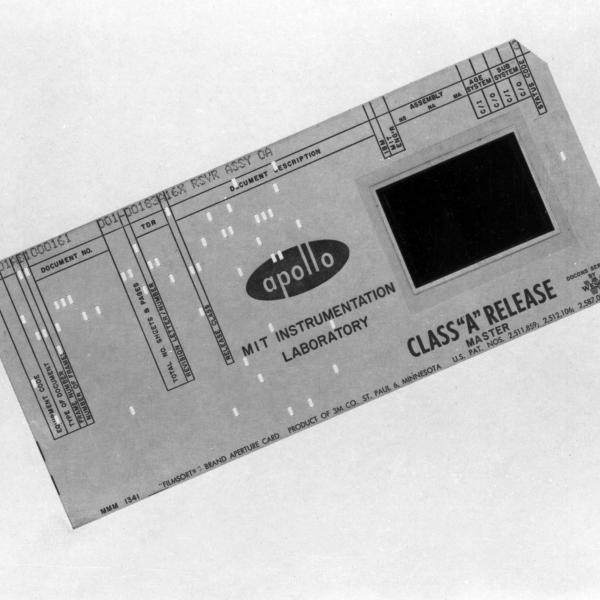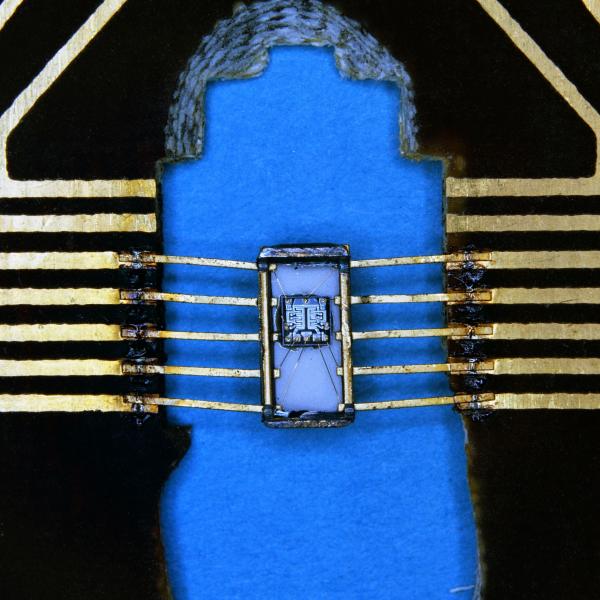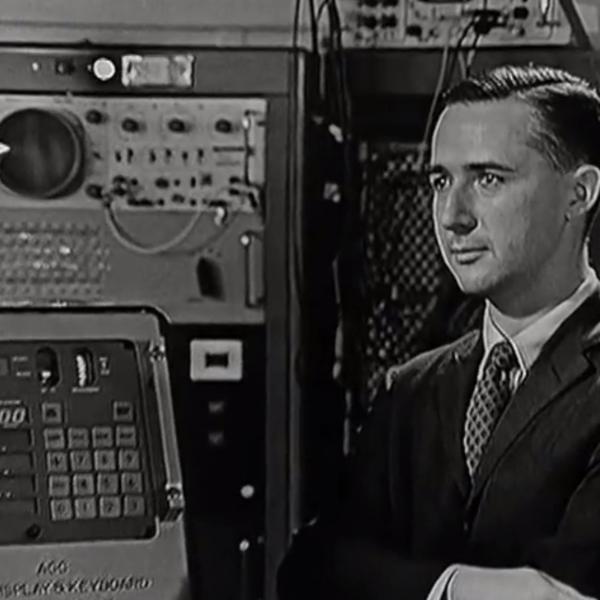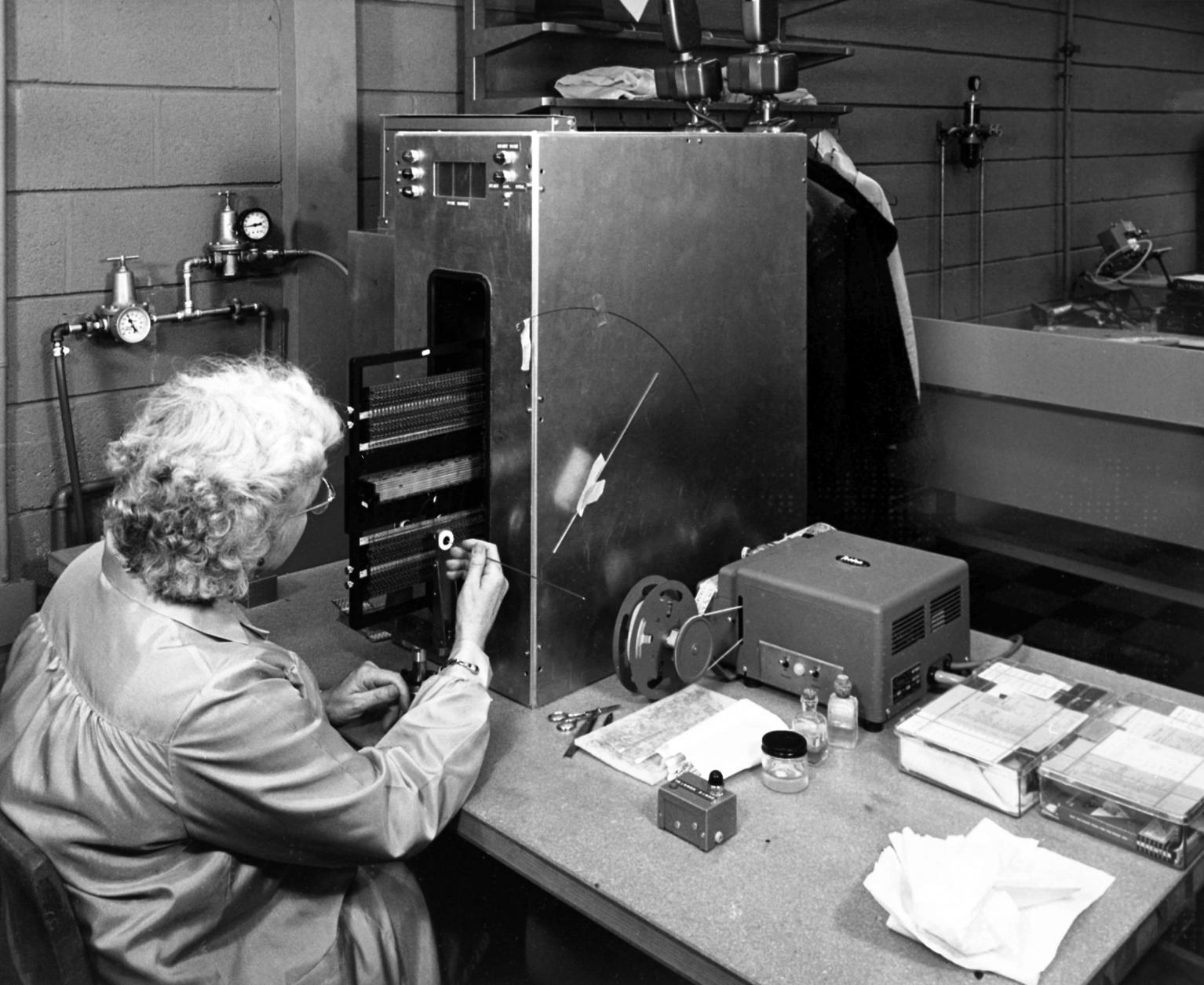
Core Rope Memory: When Computer Science Meets Girl Power
Did you know girl power helped weave memory into the Apollo computers?
In case you needed a reminder of how powerful the mini-computers in our pockets are …..can we talk about a whole bunch of talented ladies who literally built the memory for the Apollo Guidance Computer by weaving thousands of wires by hand?
In the 1960s it seemed very cutting edge, but the computer that helped launch an actual spaceship into the sky was incredibly limited in terms of memory capability and processing speed by today’s standards. Engineers at MIT/Draper were only allowed to store about 72 kilobytes of memory into the compact Apollo Guidance Computer (the brains of the operation), and they were only allowed space for one computer. So they needed a way to hardwire their computer programs and coding so it could not be erased during a loss of power. The system they devised was called rope memory, with software being carefully woven through wire ropes to create physical distinctions between "1s" and "0s," as in the binary computer code.
"Informally, the programs were called ‘ropes’ because of the durable form of read-only memory into which they were transformed for flight, which resembled a rope of woven copper wire,” said MIT engineer Don Eyles. “For the lunar missions, 36K words of ‘fixed’ (read-only) memory, each word consisting of 15 bits plus a parity bit, were available for the program.”
These tiny ropes allowed NASA to store an insane amount of data needed for basic flight procedures without taking up too much room on the already packed ship. The process to weave the software into the ropes was so tedious and slow, it would easily take months to create just one program. To keep things moving, NASA relied heavily on, you guessed it, women to get the job done. Most of this impossibly important weaving work was carried out by women working in Raytheon factories, joining rank with the many female engineers and mathematicians who would help NASA eventually get to the moon.
If that doesn't strike your “Uh, wha?” neurons, try this: Eyles says that with core rope memory, plus the Apollo’s on-board RAM (erasable) memory, NASA landed the lunar module on the moon with just about 152 kilobytes of memory with running speeds of 0.043 megahertz. There are 64,000,000 kilobytes of memory in your 64-gig smartphone, and it runs on 1.43 GIGAhertz, for comparison. So what we're trying to say is that your smartphone could probably power a small spacecraft these days...”
